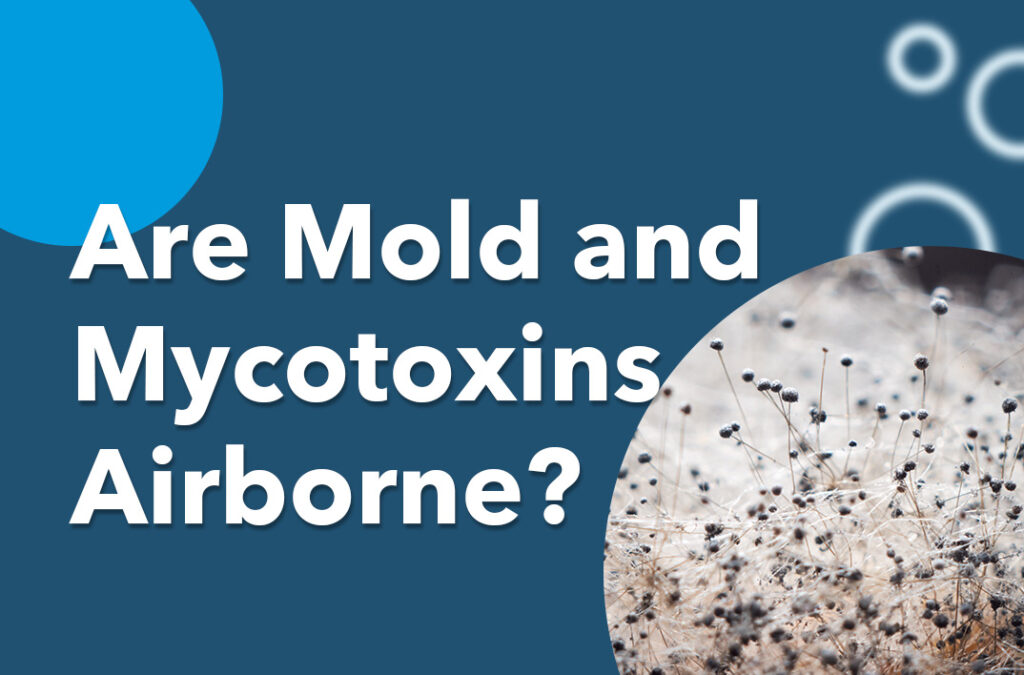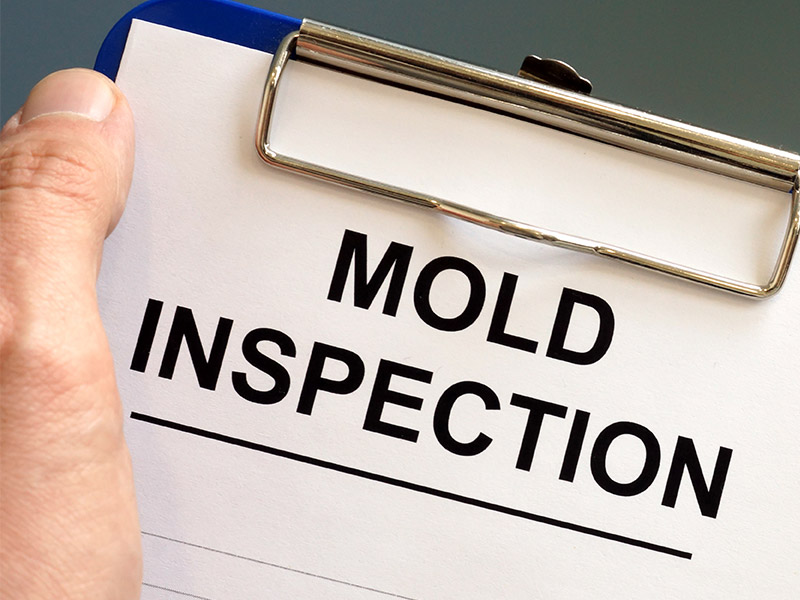Ensuring Compliance With Regulations: the Duty of Mycotoxin Checking in Quality Assurance
Ensuring compliance with rigid regulations is paramount for maintaining food safety and security, and the role of mycotoxin screening in high quality control can not be overemphasized. Mycotoxins, harmful substances generated by specific mold and mildews, present significant health and wellness threats, making their discovery essential in food production.
Recognizing Mycotoxins
Comprehending mycotoxins is fundamental to guaranteeing the high quality and safety and security of farming products. Mycotoxins are hazardous additional metabolites generated by certain species of fungi, typically found in foodstuffs such as spices, grains, and nuts. These substances can arise at various phases of the food production procedure, from pre-harvest to storage, and posture considerable health threats to both humans and pets (Mycotoxin testing Services). One of the most infamous mycotoxins include aflatoxins, fumonisins, ochratoxins, and trichothecenes, each connected with certain ecological conditions and fungal varieties.
The visibility of mycotoxins in food products can bring about persistent and severe health issues, including liver damages, immune reductions, and cancer causing results. Their detection and metrology are important elements of quality control in agricultural and food industries. The intricacy of mycotoxin contamination requires a complex technique, using sophisticated logical techniques such as liquid chromatography, mass spectrometry, and enzyme-linked immunosorbent assays (ELISA) By comprehending the resources, kinds, and impacts of mycotoxins, stakeholders in the farming industry can much better apply preventative measures and reduce dangers, ensuring safer intake for end-users. This understanding creates the bedrock upon which effective mycotoxin monitoring methods are constructed.
Regulatory Standards for Mycotoxins
Having developed a foundational understanding of mycotoxins and their effect on food safety and security, it is crucial to evaluate the regulatory requirements controling their presence in farming products. Regulatory standards for mycotoxins are essential since they define allowable restrictions, guaranteeing food safety and protecting public health. Various global and nationwide agencies have established these limitations based on thorough danger analyses.
The Codex Alimentarius Payment, an international body developed by the FAO and WHO, supplies standards and maximum allowable degrees for different mycotoxins in food and feed. The Codex has actually established restrictions for aflatoxins in peanuts, maize, and dried out figs, among various other assets. These requirements are typically taken on or adjusted by individual nations to fit their specific requirements.
In the European Union, Law (EC) No 1881/2006 specifies maximum levels for several mycotoxins, such as aflatoxins, ochratoxin A, and deoxynivalenol, in numerous food. The U.S. Food and Drug Administration (FDA) has established action levels for mycotoxins like aflatoxins in commodities such as nuts and grains.
Adherence to these governing requirements is vital for maintaining market access, consumer trust, and public health. Non-compliance can cause significant financial losses and wellness threats, highlighting the relevance of stringent mycotoxin testing procedures.
Testing Techniques and Technologies

ELISA is extensively valued for its fast and cost-efficient screening capacities, making it perfect for high-throughput atmospheres. It relies upon antibodies to find particular mycotoxins, supplying lead to a fairly short time structure. Nonetheless, its website here sensitivity may be restricted compared to much more advanced methods.
HPLC, on the other hand, masters providing quantitative evaluation with high precision and accuracy. It divides complicated blends into private parts, making it extremely reliable for determining and measuring numerous mycotoxins concurrently - Mycotoxin testing Services. This method, while much more time-consuming and resource-intensive than ELISA, provides a higher degree of integrity

LC-MS represents the peak of analytical uniqueness and level of sensitivity. Integrating the separation power of fluid chromatography with the detection abilities of mass spectrometry, LC-MS can find also trace degrees of mycotoxins. This method is essential for confirming the presence of mycotoxins in governing and forensic contexts, ensuring compliance with rigorous safety standards.
Carrying Out Checking Protocols

Incorporating these innovative testing methods into a thorough high quality control framework necessitates a well-structured technique to applying screening procedures. To accomplish this, organizations need to initially conduct a comprehensive threat assessment to recognize potential mycotoxin contamination points within the supply chain. This evaluation notifies the advancement of a tailored screening strategy that attends to specific susceptabilities.
Next, establishing standardized tasting treatments is crucial. Regular sampling makes sure that test outcomes are trusted and representative of the entire set (Mycotoxin testing Services). Complying with standards from regulatory bodies, such as the FDA or EFSA, assists keep conformity and boosts the integrity of the screening procedure
Educating employees is one more pivotal element. Team should be competent in both sample collection and the procedure of screening tools. Regular training sessions and accreditation programs can make sure that team members remain updated with the most up to date methods and governing adjustments.
Advantages of Mycotoxin Testing
Mycotoxin testing provides many advantages that substantially improve the safety and quality of food and feed items. Primarily, it works as an essential control step to avoid contaminated products from reaching the customer market, therefore protecting public health. By recognizing and quantifying mycotoxins such as aflatoxins, fumonisins, and ochratoxins, manufacturers can make certain that their products satisfy rigorous governing criteria, hence preventing potential lawful consequences and linked expenses.
In addition, mycotoxin screening contributes to the financial practicality of food and feed industries by decreasing the risk of large product recalls. The capacity to detect and separate infected batches early in the production process minimizes waste and protects against the financial losses connected with broken brand name reputation. Moreover, it promotes customer depend on and loyalty, as customers are significantly knowledgeable about food safety concerns and demand higher top quality standards.
The application of normal mycotoxin screening additionally promotes ideal click this methods within farming and production industries. By adhering to extensive screening methods, firms can enhance their quality assurance procedures, improve functional efficiency, and make sure the consistent manufacturing of risk-free, high-quality products. To conclude, the benefits of mycotoxin screening are multifaceted, adding to public health, financial stability, and industry honesty.
Verdict
Mycotoxin screening is crucial in guaranteeing compliance with regulative requirements, thereby preserving food safety and quality assurance. By systematically discovering hazardous mycotoxins, this practice helps alleviate health risks, stop lawful consequences, and avoid monetary losses connected with product recalls. Implementing durable testing procedures cultivates Learn More customer trust and self-confidence in food safety techniques, eventually sustaining the stability and online reputation of food services. Thus, mycotoxin testing continues to be an indispensable element of modern food safety administration systems.
Making sure conformity with rigorous policies is extremely important for preserving food security, and the function of mycotoxin testing in top quality control can not be overstated.In the world of mycotoxin screening, advanced techniques and innovations are critical in guaranteeing food safety and governing conformity.Mycotoxin screening provides many benefits that substantially enhance the security and top quality of food and feed products.Mycotoxin testing is crucial in making certain conformity with regulative requirements, thereby maintaining food safety and security and top quality control. Thus, mycotoxin screening remains an important component of contemporary food safety and security management systems.